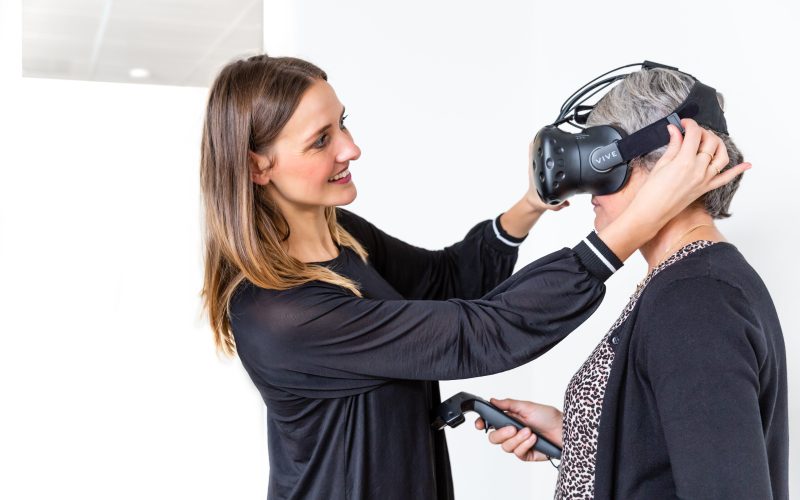Many patients with noncongenital brain injury experience cognitive problems, such as forgetfulness or difficulty concentrating. Cognitive rehabilitation focuses on learning to cope with these limitations as best as possible. However, the available pen-and-paper tests are not always sensitive enough to identify everyday problems. The use of technology can help here, such as a digital test or virtual reality. These new methods make it possible to map mild cognitive problems. This improves diagnostic testing and ultimately treatment. This emerges from research conducted by psychologist in training Lauriane Spreij, who obtained her doctorate on this subject this week.
Every year, about 140,000 Dutch people are affected by brain injury, for example after a stroke or an accident. Many people experience cognitive problems after this that limit them in daily functioning within the family or work. Lauriane Spreij: “A rehabilitation treatment starts with a neuropsychological examination to map out the cognitive symptoms. For this, pen-and-paper tests are largely used. However, these tests are far removed from the dynamics of daily life in which the patient experiences the limitations. For example, a test is taken quietly in an empty room. As a result, the results by no means always correspond to the symptoms a patient experiences in a busy everyday situation, such as the supermarket or an open work yard.’
Pen-and-paper tests are also sometimes not sensitive enough to detect mild cognitive impairments. ‘With digital tests, a patient’s performance is recorded from A to Z, allowing cognitive impairments that are not measured by current pen-and-paper tests,’ Spreij says. ‘Moreover, by using virtual reality, we can really simulate an everyday environment that is much more similar to the situation in which patients experience symptoms. Identifying cognitive disorders as well as possible is of great importance, because the diagnostics provide leads for customized treatment.’
Lauriane Spreij works at the Knowledge Center for Rehabilitation Medicine Utrecht
